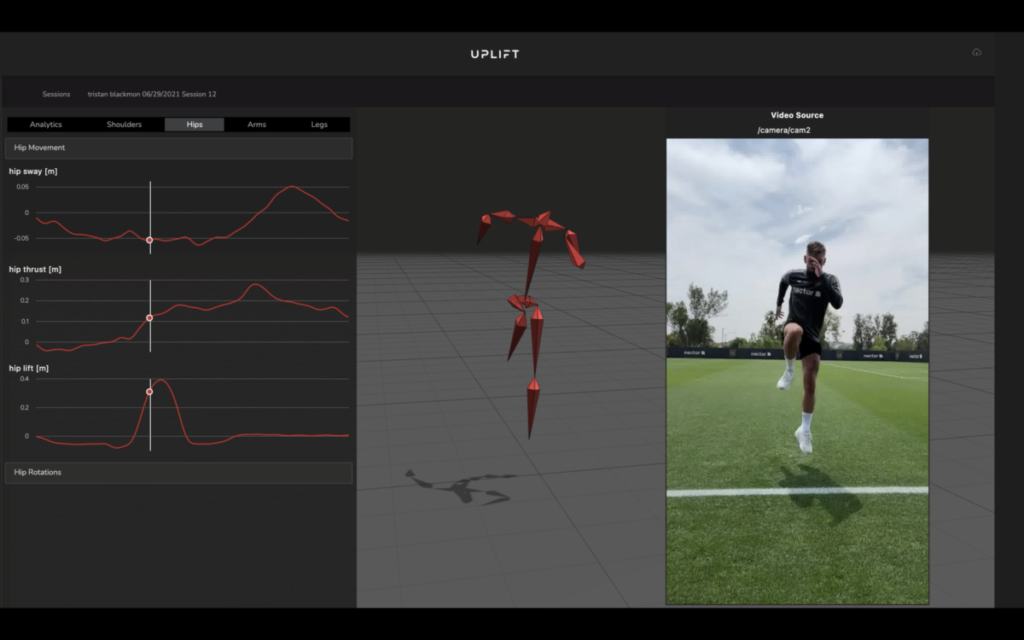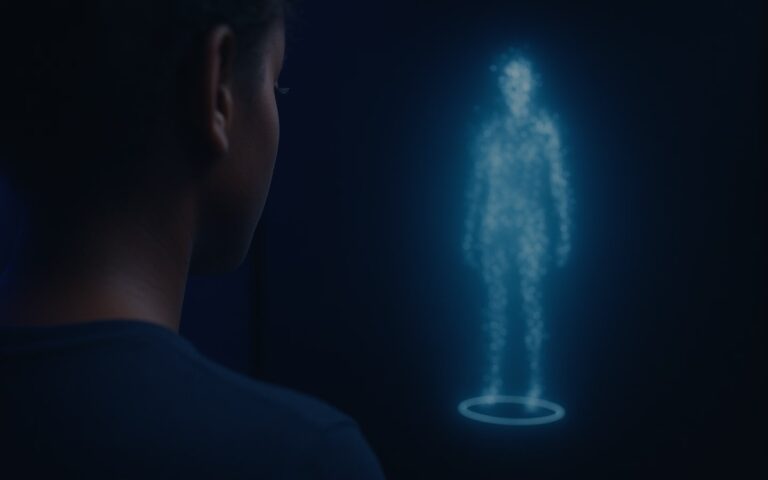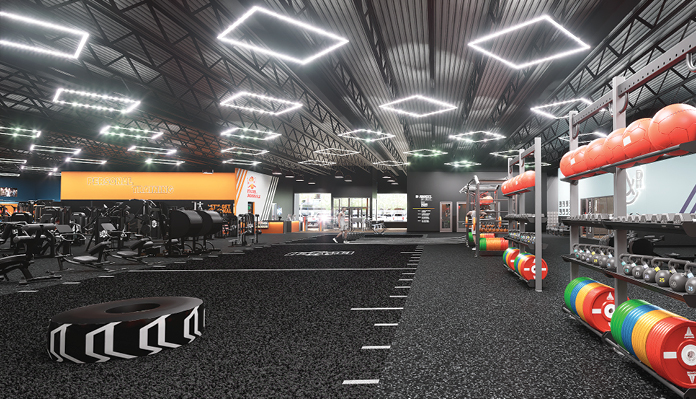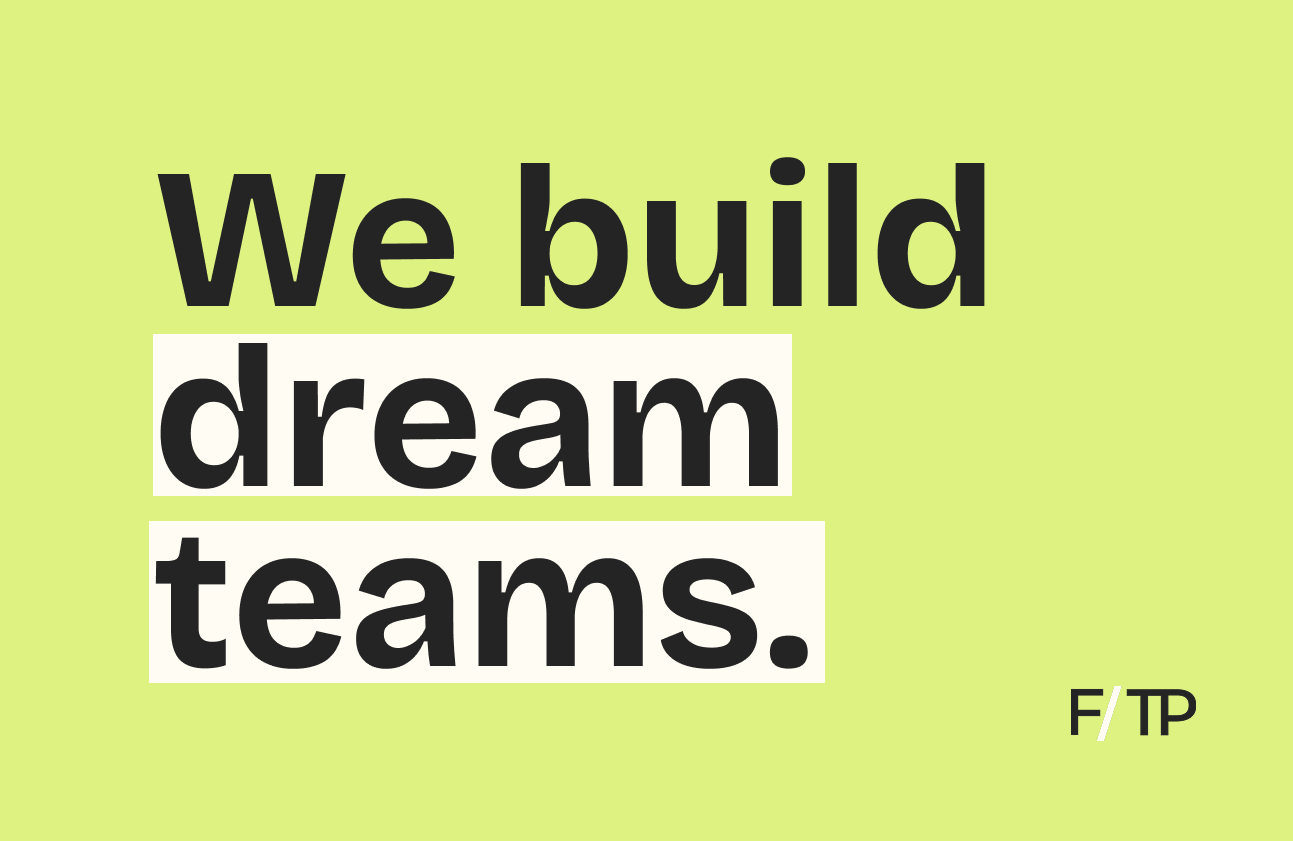In this Q&A, you’ll hear from Masa Kabayama, co-founder & CEO of Uplift Labs, a sports performance startup making AI motion capture more accessible. Masa discusses the advantages of the company’s smartphone-based performance-tracking software and its use cases beyond professional sports.
Can you tell us about what you’re working on at Uplift Labs?
Masa Kabayama: Performance-optimizing, injury-preventing technology is commonly bulky, perplexing, and expensive. At Uplift, we’ve simplified it using just the smartphones we carry in our pockets each day. Our AI-powered motion capture system requires only two iPhone or iPad cameras to track and analyze movement, providing accurate, 3D motion capture data in minutes.
Traditionally, athletes would have to travel to a sports performance lab or be outfitted with wearables to track and analyze their movement. We recognized that clunky wearables do not reflect how athletes naturally move during practice or competition, and these labs required experienced personnel in order for the data to be digested for coaches and players.
Therefore, we focused on building an AI system that utilizes already accessible and familiar technology for our customers — one that provides the same level of accuracy and in-depth analysis as a performance lab. Doing this empowers every coach, trainer, and physical therapist with the ability to analyze movement more accurately and provide feedback to athletes at all levels.
No other movement performance startup has been able to successfully connect the dots between how your body naturally moves and performance optimization.
How did you come up with the idea? What key insight led you to pursue this opportunity?
MK: The lightbulb moment initially came during a workout. I was a CrossFit junkie at the time but was constantly suffering injuries as a result of improper form. I thought there had to be a solution that could track my movement and tell me how my form looked or flag when I was doing something wrong.
But, as far as I knew, there wasn’t a readily available solution. The benefits of elite motion intelligence and insight were reserved for professional and elite athletes, gate-kept by high costs and a limited number of accredited resources.
Even within the highest levels of today’s athletics, the conventional solutions are cumbersome (complicated, costly, and laborious to set up), delayed (lack real-time feedback demanded by coaches and athletes), and generic (non-personalized).
Smartphones are now ubiquitous and have become powerful enough to replace all these incumbent solutions. Movement professionals can now understand how our bodies move with high accuracy and, with our data-driven tools, unlock more personalized and prescriptive analysis to improve our movement performance and health.
How did you turn your idea into a company?
MK: My two co-founders, Jonathan Wills and Rahul Rajan, and I focused on patenting the technology. We were ultimately granted an encompassing one for skeletal tracking using one or more video inputs in both Japan and the US, with an EU patent pending.
With that, we focused on developing a product that was simple to use and just as accurate as the systems currently used by sports entities worldwide. And we assembled an all-star team of leaders across sports and technology to do so, including Keke Lyles (former performance director for the Golden State Warriors and Atlanta Hawks), Matt Kowalski (an early product manager at WHOOP), Gary Russo (former national sales head for Blast Motion), and other experts.
Uplift’s technology has since been adopted by GOLFTEC, the NBA, multiple MLB teams, and 15 sports academies and universities. We leveraged that traction to raise $8.5M from investors including DEEPCORE, LAUNCH Fund and The Syndicate (led by Jason Calacanis), Stadia Ventures, and Oregon Sports Angels, with athlete-investors like Seth Curry, Marc Gasol, Renee Montgomery, Andrew Luck, David DeCastro, Eric Gagne, and multiple Japanese Olympic medalists joining.
How big can this get? What’s the addressable market and how do you go about capturing it?
MK: The global sports analytics market is valued at $3.97B and is expected to grow at a CAGR of 21.8% to exceed $10B by 2028. In addition, the global player tracking market size is expected to grow to $7.3B by 2023.
As Uplift begins to scale into digital health, the physiotherapy market is expected to grow to $165B by 2023 in order to serve the approximately 1.71B people who have musculoskeletal conditions worldwide. That’s a huge (and literal) pain point that needs to be addressed.
Uplift, for that matter, solves two core issues: accessibility and accuracy. As more professional sports teams and training staff look to emerging technologies in an effort to gain a competitive edge and optimize the performance of players, the accessibility and accuracy of data will be key.
Who is the core customer? How are you acquiring customers? And how will you grow the customer base?
MK: We’re targeting professional sports teams and leagues, as well as elite sports academies and universities.
To reach new clients and customers, we’ve made it our mission to not only offer the most accurate and reliable movement-tracking solution for movement professionals but also deliver a truly delightful customer experience through intuitive product simplicity and ease of use.
As adoption and validation at the elite level continue, we plan to bring our technology downstream to the everyday athlete — a process that has already started to take shape as more universities and performance academies begin to implement Uplift’s technology to optimize student-athletes’ performance training.
We’ve also started pilot programs with renowned healthcare clinics that treat elite athletes for injury-based rehabilitation. With our focus on sports medicine, this wedge will help us move into adjacent practices for more general MSK injury-related prevention and reduction.
Looking at your road map, what are some of the milestones you’re targeting over the next 3-6 months?
MK: We’ve got a number of innovative products and features coming down the pike that are super exciting.
Early 2023, we are excited to roll out our movement assessment product which will finally connect the dots to how people move naturally (or unnaturally, if they have an impingement or injury) and how it impacts their performance. By better understanding how your body moves, it can drive improved outcomes in your movement health.
The other major development is the single-camera full 3D model that we’ve been perfecting in R&D for the last few years. Unlike most of the 2D pose-tracking solutions that are currently out in the market, we’ve hung our hats on accuracy and validation by the highest levels of professional sports. When we launch our single-camera solution, we expect it will set the industry standard wherever accuracy is crucial, like in healthcare.
All of these improvements will allow organizations from sports teams to healthcare clinics to manage player health, utilize movement data more efficiently, and increase the accessibility of our technology.
Additionally, movement professionals are extremely busy, so we’ll also be rolling out a host of productivity tools to help streamline their workflow — allowing them to concentrate on working with their athletes or patients rather than having to figure out how to use new technology.
Anything else you’d like to share with readers?
MK: We’re on a mission to bring movement performance and health to everyone on the planet.
I believe our solutions are vital not only in sports but maintaining everyday health for those of all ages and abilities.
Related reading from Fitt Insider: The Sportstech Shaping Basketball’s Future
If you’re interested in having your company featured in our Startup Q&A series, send an email to team@fitt.co.






